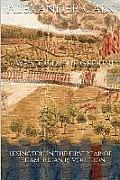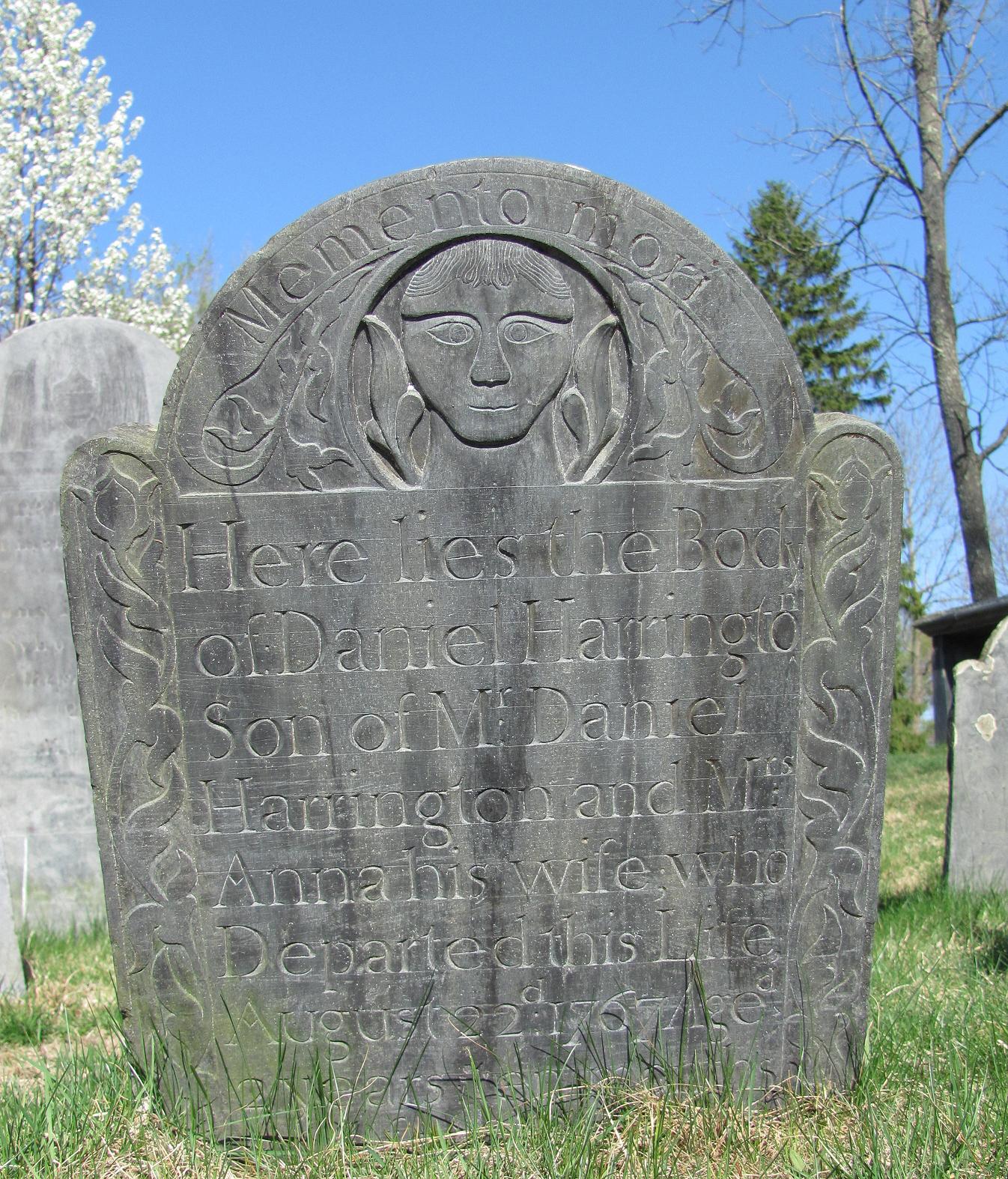Counterfactual 2: If Capt. Parker Hadn’t Assembled His Company
The town would still have been at a heightened level of military alert. That afternoon a young local named Solomon Brown had ridden out from Boston—not as a messenger, but just coming home from business.
On the road Brown had spotted a bunch of other men on horseback. They looked or sounded British. When their cloaks flapped back, he saw they were carrying pistols. Brown began to suspect they were British army officers.
Everyone in Lexington knew two important politicians from Boston were staying in the Rev. Jonas Clarke’s house: John Hancock, president of the Massachusetts Provincial Congress, and Samuel Adams, delegate to the Continental Congress. Were those army officers coming out to arrest those men?
In fact, Maj. Edward Mitchell was leading about a dozen mounted officers out into the countryside to keep alarm riders from getting to Concord. That town was the only goal of Gen. Thomas Gage’s mission. Lexington was just along the way.
Not knowing that, Solomon Brown went to his militia sergeant, William Munroe (shown above). Munroe gathered “a guard of eight men, with their arms,” at the parsonage. So some Lexington militiamen were already on the alert well before hearing from Revere or Dawes.
In real life, after receiving the Bostonians’ post-midnight warning, Capt. John Parker assembled the rest of the Lexington militia company on the town common. Nothing happened, so he let the men disperse to nearby houses and taverns to catch some sleep.
But let’s imagine that Revere and Dawes never arrived. The town picked up news of the approaching column hours later from a few travelers, from hearing bells and warning shots from towns to the east.
In that case, the Lexington men might have assembled more hastily. They might have headed for where they thought they might be most needed: at the parsonage, strengthening Sgt. Munroe’s guard.
Hancock and Adams might not have had time to leave town—or Hancock might have refused to do so with more men watching. So an armed crowd would have gathered on what’s now Hancock Street, determined to prevent the troops from arresting those political leaders.
The expedition’s light infantry companies were the first to march into town. But in this scenario the men of the 10th Regiment wouldn’t have seen a body of armed men lined up on the common. They wouldn’t have felt any need to veer off to confront those men. They would have kept marching swiftly along the road to Concord, half a mile from the Hancock-Clarke house.
The two bodies of armed men might have spotted each other in the early dawn light. But they would have been too far apart for either to present any threat. The army column would probably have passed through Lexington without any incident.
Contrary to the scenario Jim Piecuch found described in Kostya Kennedy’s The Ride, Hancock and Adams would not ”have been captured or killed” because the regulars weren’t looking for them.
(Well, if Hancock had insisted on rushing to the common to confront the regulars, he might have been captured or killed. But even he wasn’t that reckless.)
TOMORROW: Alternative scenarios for Concord.






